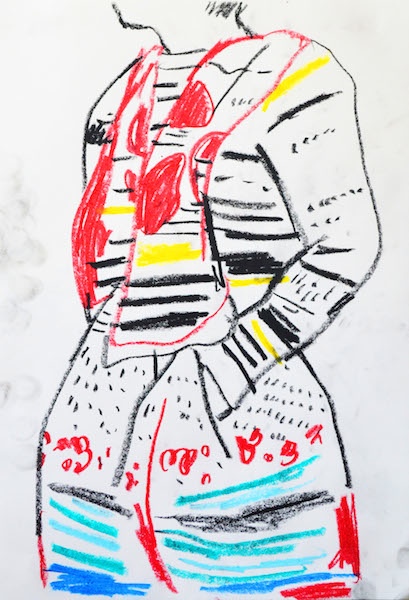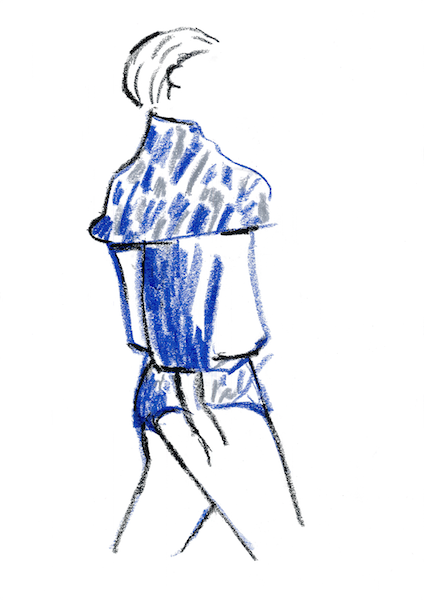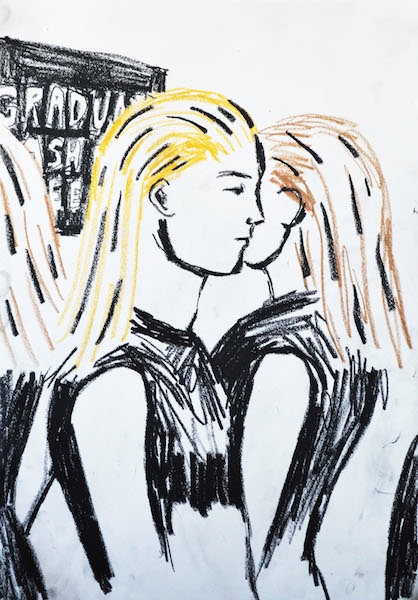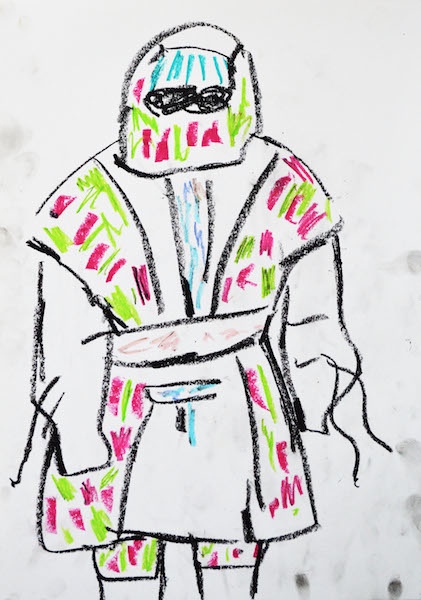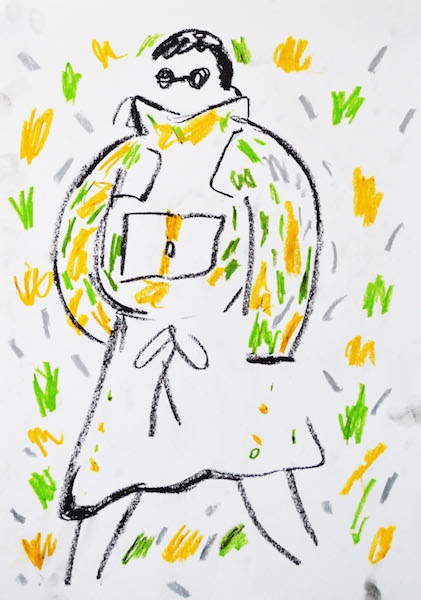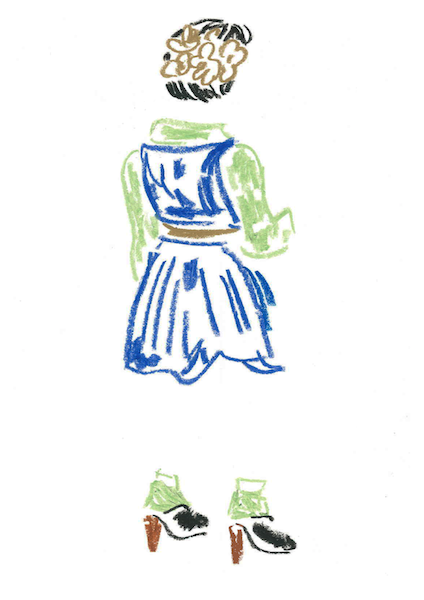We live in a time where the pace of fashion is so fast only a few can keep up. Illustrator Polina Sologub is one of them. The artist may rave about all the raw talent she saw at Graduate Fashion Week (GFW) but it’s her skill of translating clothes on paper in that we’re celebrating today.
Polina, how are you today?
I’m good, thanks. I just finished editing some short videos summarising the drawings I did at GFW.
You’ve illustrated a lot of looks from GFW – what did you think of it as a whole?
I was in absolute awe with the immense creativity and quality of all of the collections. I’ve never been to GFW before, so naively thought only the few “top” fashion courses in London produce proper talent but I was definitely proven wrong. I really hope the graduates can continue to be as creative and passionate throughout their careers.
Who are some of your personal favourite fashion designers?
Coming from fashion illustration this may sound a little weird, but I don’t follow high fashion that much. Recently I’ve been into Acne, Dior, Degen NYC and Xiao Li. At GFW I was in love with Nadia Kelly from De Montfort University and Chou-Yun-Ting from Shih Chien University.
Your work comes across as effortless – is it?
Not really – it’s more of a spontaneous nature. I do all my fashion illustrations live at the runway shows so usually only have a few seconds to capture a look, or if I do street styles at London Fashion Week, the people I’m drawing tend to run off pretty quickly, which is why I usually get a little nervous before a show! It takes a bit of practice to be able to capture the movement and details in this short space of time. This results in numerous drawings per show, which I then neaten up afterwards. From those many drawings only a small part ends up being good enough; the selection and editing process is probably the hardest bit.
How do you feel about the pace of fashion today?
It’s quite exciting as it allows for a lot of diversity and more emerging designers. It seems to result in a lot of pressure though, so I am quite happy to only be part of the fashion world from time to time when I’m illustrating at runway shows.
What about the state of fashion illustration?
I am very glad to see fashion illustration is on the rise and being recognised but also hope there will be more appreciation of different kinds of fashion illustration. I feel like in general it has been a little stuck in the same mostly monochrome style, focused on femininity and luxury, for decades. I’m not saying this kind of illustration can’t be amazing, I just feel there’s a lot of diversity in fashion; there should be just as much diversity in fashion illustration. One kind of stylised illustration can’t convey the aesthetic and narratives of so many different fashion designers.
What was the last exhibition you visited and what did you think of it?
I loved the Marlene Dumas exhibition at Tate Modern. I’m all about artists depicting people and I couldn’t get enough of the spontaneous way she paints faces which really resonates with the way I like to work.
Interview: Nada Abdul Ghaffar

